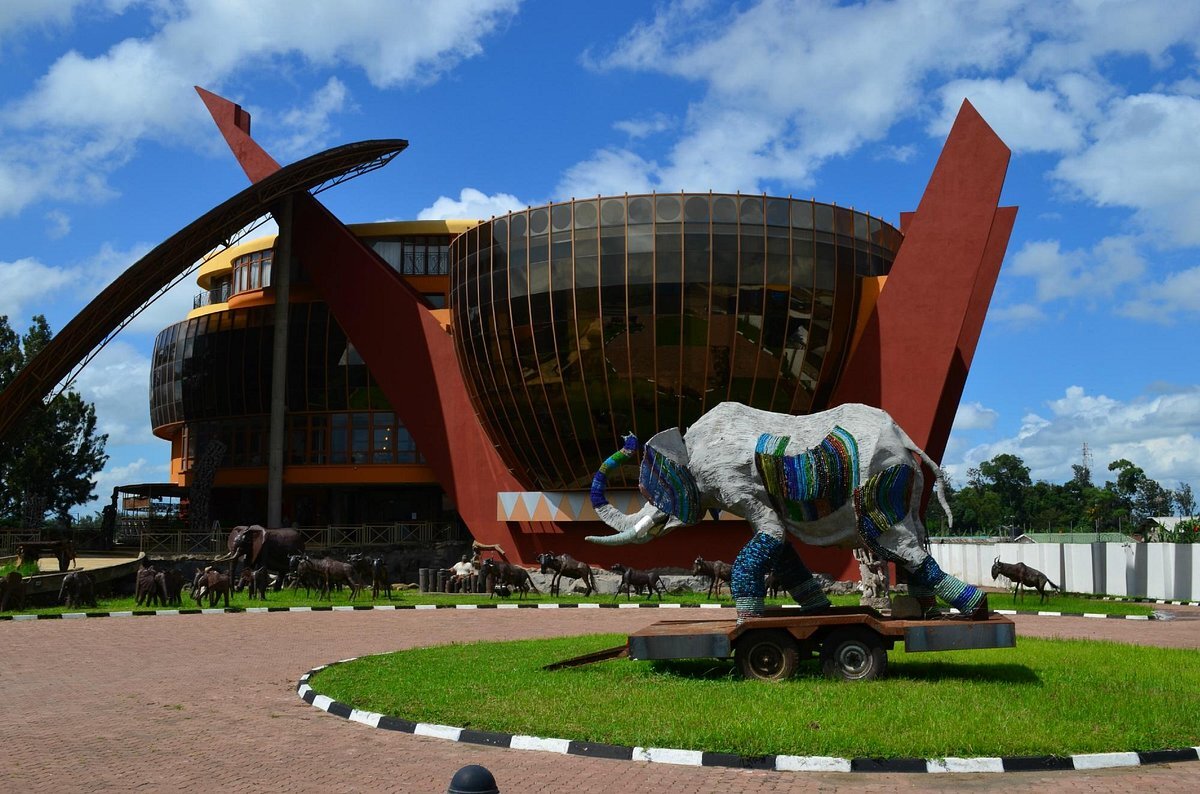
Cultural heritage is a treasure trove of human history, art, and traditions passed down through generations. It includes monuments, buildings, artifacts, and practices that define a community's identity. Why is cultural heritage important? It connects us to our roots, fosters a sense of belonging, and promotes understanding among diverse groups. Preserving cultural heritage helps maintain the diversity of cultures and enriches our lives by providing insights into different ways of living. From ancient ruins to traditional dances, every piece of cultural heritage tells a story. Let's dive into 30 fascinating facts about cultural heritage that highlight its significance and beauty.
Key Takeaways:
- Cultural heritage includes tangible and intangible elements, such as buildings and traditions. It's important to protect and preserve it to maintain community identity and history.
- Efforts to protect cultural heritage involve international treaties, community involvement, and technological advancements. Museums play a vital role in preserving and showcasing cultural heritage for future generations.
What is Cultural Heritage?
Cultural heritage encompasses the traditions, customs, monuments, and artifacts passed down through generations. It reflects a community's history, values, and identity. Let's dive into some fascinating facts about cultural heritage.
-
Cultural heritage can be tangible or intangible. Tangible heritage includes physical objects like buildings, monuments, and artifacts. Intangible heritage involves traditions, language, and rituals.
-
UNESCO protects cultural heritage. The United Nations Educational, Scientific and Cultural Organization (UNESCO) designates World Heritage Sites to preserve places of cultural and natural significance.
-
There are over 1,100 World Heritage Sites. These sites span across more than 160 countries, showcasing the diversity of human culture and natural wonders.
The Importance of Preserving Cultural Heritage
Preserving cultural heritage is crucial for maintaining a community's identity and history. It also fosters respect and understanding among different cultures.
-
Cultural heritage promotes tourism. Many countries rely on heritage tourism, which attracts visitors to historical sites and cultural festivals, boosting local economies.
-
It fosters community pride. Preserving cultural heritage helps communities maintain a sense of identity and pride in their history and traditions.
-
Heritage education is vital. Teaching younger generations about their cultural heritage ensures that traditions and knowledge are passed down and preserved.
Examples of Cultural Heritage Around the World
Different regions have unique cultural heritage that reflects their history and way of life. Here are some notable examples.
-
The Great Wall of China. This ancient structure, built to protect against invasions, is a symbol of China's historical strength and ingenuity.
-
Machu Picchu in Peru. This Incan city, nestled in the Andes Mountains, showcases the architectural prowess and spiritual beliefs of the Inca civilization.
-
The Pyramids of Giza in Egypt. These iconic structures are a testament to the ancient Egyptians' architectural skills and their beliefs in the afterlife.
Threats to Cultural Heritage
Despite its importance, cultural heritage faces numerous threats that can lead to its degradation or loss.
-
Natural disasters. Earthquakes, floods, and other natural events can cause significant damage to heritage sites.
-
Urbanization. Rapid urban development can encroach on historical sites, leading to their destruction or alteration.
-
Looting and illegal trade. Artifacts and relics are often stolen and sold on the black market, depriving communities of their cultural heritage.
Efforts to Protect Cultural Heritage
Various organizations and initiatives work tirelessly to protect and preserve cultural heritage worldwide.
-
International treaties. Agreements like the 1972 World Heritage Convention aim to protect cultural and natural heritage globally.
-
Community involvement. Local communities play a crucial role in preserving their heritage by participating in conservation efforts and raising awareness.
-
Technological advancements. Modern technology, such as 3D scanning and digital archiving, helps document and preserve heritage sites for future generations.
Intangible Cultural Heritage
Intangible cultural heritage includes practices, expressions, knowledge, and skills that communities recognize as part of their cultural heritage.
-
Traditional music and dance. Many cultures have unique musical styles and dances that are passed down through generations.
-
Oral traditions. Stories, legends, and folklore are often transmitted orally, preserving a community's history and values.
-
Craftsmanship. Traditional crafts, such as pottery, weaving, and metalwork, are important aspects of cultural heritage.
The Role of Museums in Preserving Cultural Heritage
Museums play a vital role in preserving and showcasing cultural heritage, making it accessible to the public.
-
Educational programs. Museums often provide educational programs and workshops to teach visitors about cultural heritage.
-
Exhibitions. By displaying artifacts and artworks, museums help preserve and promote cultural heritage.
-
Research and conservation. Museums conduct research and conservation efforts to protect and restore cultural artifacts.
Cultural Heritage and Identity
Cultural heritage is closely tied to a community's identity, influencing their sense of belonging and continuity.
-
Language preservation. Many communities work to preserve their native languages, which are integral to their cultural identity.
-
Festivals and celebrations. Cultural festivals and celebrations are important expressions of a community's heritage and identity.
-
Traditional clothing. Clothing styles and traditional garments often hold cultural significance and are worn during special occasions.
Challenges in Cultural Heritage Preservation
Preserving cultural heritage is not without its challenges, requiring continuous effort and resources.
-
Funding limitations. Many preservation projects struggle with insufficient funding, hindering their efforts.
-
Political instability. Conflicts and political instability can lead to the destruction or neglect of cultural heritage sites.
-
Climate change. Rising temperatures and changing weather patterns pose new threats to heritage sites.
Success Stories in Cultural Heritage Preservation
Despite the challenges, there have been many successful efforts to preserve cultural heritage around the world.
-
The restoration of the Colosseum in Rome. Extensive restoration work has helped preserve this iconic ancient structure for future generations.
-
Revitalization of traditional crafts. Initiatives to revive traditional crafts have helped preserve cultural heritage and provide economic opportunities for artisans.
-
Digital archiving projects. Efforts to digitize cultural artifacts and documents have created valuable resources for education and research.
The Last Word on Cultural Heritage
Cultural heritage connects us to our roots, offering a glimpse into the lives and traditions of our ancestors. It’s not just about ancient artifacts or historic buildings; it’s about the stories, customs, and values passed down through generations. Preserving this heritage helps maintain our identity and fosters a sense of belonging.
From UNESCO World Heritage sites to local traditions, every piece of cultural heritage tells a unique story. Protecting these treasures ensures future generations can learn from the past and appreciate the rich tapestry of human history.
Whether it’s through visiting museums, participating in cultural festivals, or supporting preservation efforts, everyone can play a part in safeguarding our shared heritage. So next time you encounter a piece of history, take a moment to appreciate its significance and the legacy it represents.
Frequently Asked Questions
Was this page helpful?
Our commitment to delivering trustworthy and engaging content is at the heart of what we do. Each fact on our site is contributed by real users like you, bringing a wealth of diverse insights and information. To ensure the highest standards of accuracy and reliability, our dedicated editors meticulously review each submission. This process guarantees that the facts we share are not only fascinating but also credible. Trust in our commitment to quality and authenticity as you explore and learn with us.


